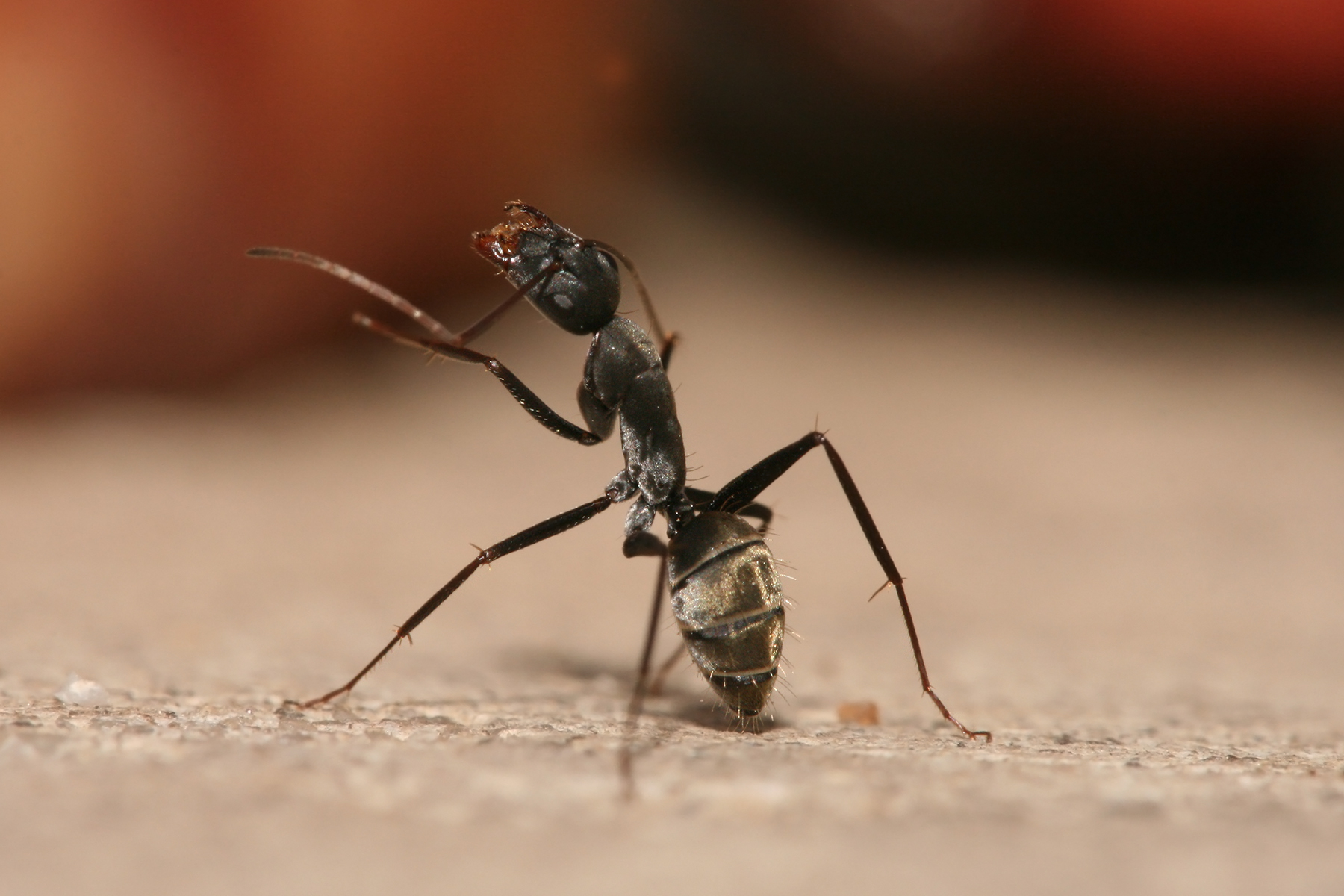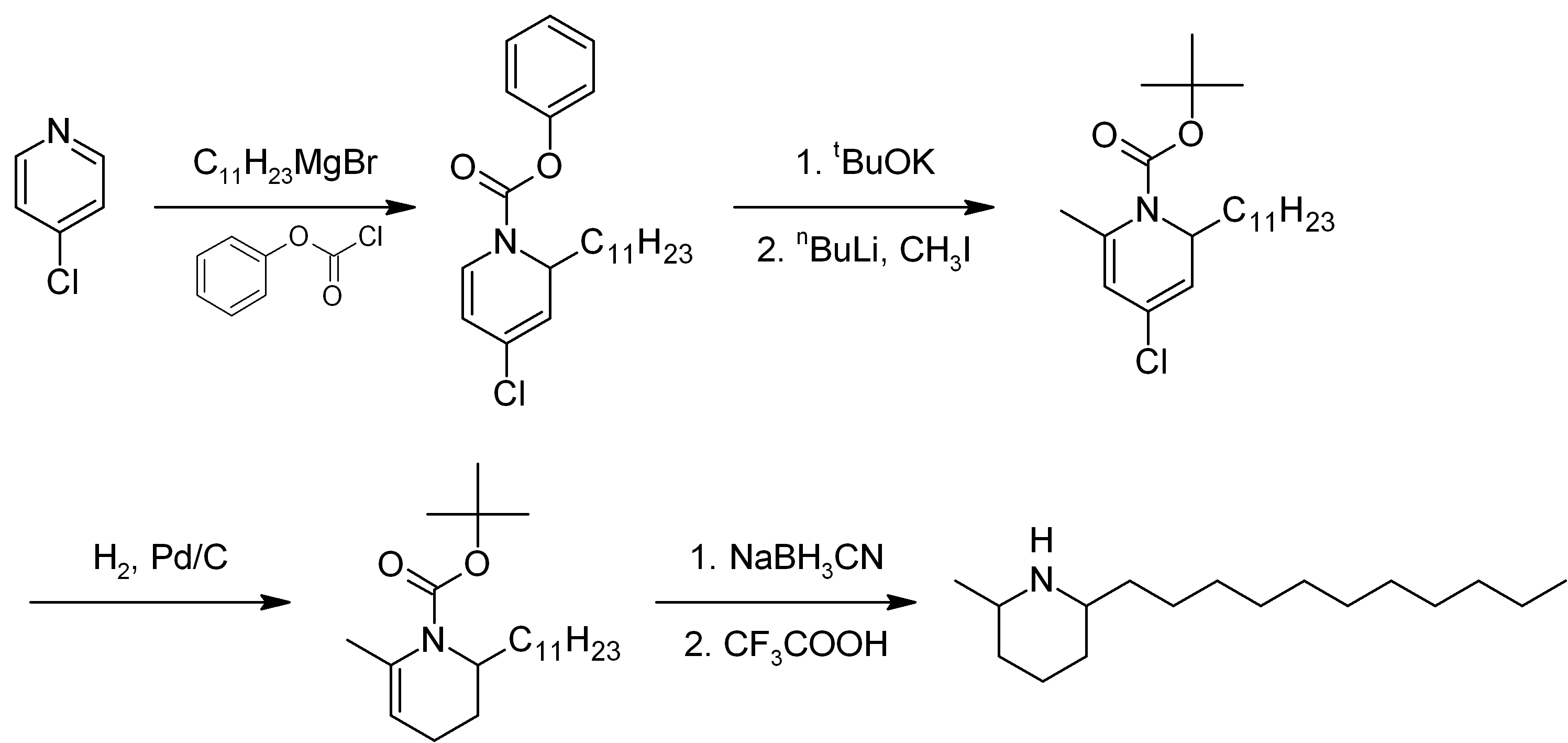|
Camponotus Senex
''Camponotus senex'' is a fairly common species of weaver ant from the New World. They are opportunistic cavity-dwellers, semi-nomadic carpenter ants which are found around grasslands in Central and South America. It is taxonomically believed to be a complex of cryptic species and was previously considered synonymous with ''Camponotus textor'' which once included a distantly-related species of weaver-ant. Ecology ''C. senex'' are medium-sized and agile, and can be frequently found inside the abandoned outer crusts of termite nests. They can inflict a respectable bite when handled carelessly. They are, however, not aggressive, and their nests tend to be sparse and mainly composed of satellite, queenless temporary nests under stones or bark. Very little is known about their biology as ''C. senex'' remains a poorly studied species, in spite of being so common. The development of ''C. senex'' undergoes four larval instars. The larvae are typical ''Camponotus'' larvae: plump and hair ... [...More Info...] [...Related Items...] OR: [Wikipedia] [Google] [Baidu] |
Weaver Ant
Weaver ants or green ants are eusocial insects of the Hymenoptera family Formicidae belonging to the tribe Oecophyllini. Weaver ants live in trees (they are obligately arboreal) and are known for their unique nest building behaviour where workers construct nests by weaving together leaves using larval silk. Colonies can be extremely large consisting of more than a hundred nests spanning numerous trees and containing more than half a million workers. Like many other ant species, weaver ants prey on small insects and supplement their diet with carbohydrate-rich honeydew excreted by scale insects (Hemiptera). Weaver ant workers exhibit a clear bimodal size distribution, with almost no overlap between the size of the minor and major workers. The major workers are approximately in length and the minors approximately half the length of the majors. Major workers forage, defend, maintain, and expand the colony whereas minor workers tend to stay within the nests where they care for t ... [...More Info...] [...Related Items...] OR: [Wikipedia] [Google] [Baidu] |
New World
The term "New World" is used to describe the majority of lands of Earth's Western Hemisphere, particularly the Americas, and sometimes Oceania."America." ''The Oxford Companion to the English Language'' (). McArthur, Tom, ed., 1992. New York: Oxford University Press, p. 33: "[16c: from the feminine of ''Americus'', the Latinized first name of the explorer Amerigo Vespucci (1454–1512). The name ''America'' first appeared on a map in 1507 by the German cartographer Martin Waldseemüller, referring to the area now called Brazil]. Since the 16th century, the term "New World" has been used to describe the Western Hemisphere, often referred to as the Americas. Since the 18th century, it has come to represent the United States, which was initially colonial British America until it established independence following the American Revolutionary War. The second sense is now primary in English: ... However, the term is open to uncertainties: ..." The term arose in the early 16th ... [...More Info...] [...Related Items...] OR: [Wikipedia] [Google] [Baidu] |
Grasslands
A grassland is an area where the vegetation is dominated by grasses (Poaceae). However, sedge ( Cyperaceae) and rush ( Juncaceae) can also be found along with variable proportions of legumes such as clover, and other herbs. Grasslands occur naturally on all continents except Antarctica and are found in most ecoregions of the Earth. Furthermore, grasslands are one of the largest biomes on Earth and dominate the landscape worldwide. There are different types of grasslands: natural grasslands, semi-natural grasslands, and agricultural grasslands. They cover 31–69% of the Earth's land area. Definitions Included among the variety of definitions for grasslands are: * "...any plant community, including harvested forages, in which grasses and/or legumes make up the dominant vegetation." * "...terrestrial ecosystems dominated by herbaceous and shrub vegetation, and maintained by fire, grazing, drought and/or freezing temperatures." (Pilot Assessment of Global Ecosystems, 2000) * ... [...More Info...] [...Related Items...] OR: [Wikipedia] [Google] [Baidu] |
South America
South America is a continent entirely in the Western Hemisphere and mostly in the Southern Hemisphere, with a considerably smaller portion in the Northern Hemisphere. It can also be described as the southern Subregion#Americas, subregion of the Americas. South America is bordered on the west by the Pacific Ocean, on the north and east by the Atlantic Ocean, and to the south by the Drake Passage; North America and the Caribbean Sea lie to the northwest. The continent includes twelve sovereign states: Argentina, Bolivia, Brazil, Chile, Colombia, Ecuador, Guyana, Paraguay, Peru, Suriname, Uruguay, and Venezuela; two dependent territory, dependent territories: the Falkland Islands and South Georgia and the South Sandwich Islands; and one administrative division, internal territory: French Guiana. The Dutch Caribbean ABC islands (Leeward Antilles), ABC islands (Aruba, Bonaire, and Curaçao) and Trinidad and Tobago are geologically located on the South-American continental shel ... [...More Info...] [...Related Items...] OR: [Wikipedia] [Google] [Baidu] |
Camponotus Textor
''Camponotus textor'', also known as Brazilian weaver ant, is a species of fairly common tree-dwelling ant native to South and Central America. It is believed to include a number of cryptic species, and previously were considered synonymous to the cavity-dwelling ant '' Camponotus senex'', now thought to be only distantly-related. Ecology ''C. textor'' nests can be found across a number of tree species in Brazil, and they're dominant species wherever they're found. These ants will aggressively defend their nests whenever disturbed, while workers will produce a fairly loud hissing sound through tapping inside their nest with their abdomens. They undergo four larval instars during their development, and will pupate inside a cocoon. The last larval instar, mature larvae produce the silk used in spinning their nests, being held from behind by other workers. These hairy, plump larval have specialised hairs on their back armed with anchor-like projections at their tips, presumably for ... [...More Info...] [...Related Items...] OR: [Wikipedia] [Google] [Baidu] |
Termite
Termites are a group of detritivore, detritophagous Eusociality, eusocial cockroaches which consume a variety of Detritus, decaying plant material, generally in the form of wood, Plant litter, leaf litter, and Humus, soil humus. They are distinguished by their moniliform antennae and the soft-bodied, unpigmented worker caste for which they have been commonly termed "white ants"; however, they are not ants but highly Apomorphy and synapomorphy, derived cockroaches. About 2,997 extant species are currently described, 2,125 of which are members of the family Termitidae. Termites comprise the infraorder Isoptera, or alternatively the Taxonomic rank#All ranks, epifamily Termitoidae, within the order Blattodea (the cockroaches). Termites were once classified in a separate Order (biology), order from cockroaches, but recent phylogenetic studies indicate that they evolved from cockroaches, as they are deeply nested within the group, and the sister group to wood-eating cockroaches of t ... [...More Info...] [...Related Items...] OR: [Wikipedia] [Google] [Baidu] |
Camponotus
Carpenter ants (''Camponotus'' spp.) are a genus of large ants (workers ) indigenous to many parts of the world. True carpenter ants build nests inside wood, consisting of galleries chewed out with their mandibles or jaws, preferably in dead, damp wood. However, unlike termites, they do not consume wood, but instead discard a material that resembles sawdust outside their nest. Sometimes, carpenter ants hollow out sections of trees. They also commonly infest wooden buildings and structures, causing a widespread problem: they are a major cause of structural damage. Nevertheless, their ability to excavate wood helps in forest decomposition. The genus includes over 1,000 species. They also farm aphids. In their farming, the ants protect the aphids from predators (usually other insects) while they excrete a sugary fluid called honeydew, which the ants get by stroking the aphids with their antennae. Description Carpenter ants are generally large ants: workers are usually 4–7&nb ... [...More Info...] [...Related Items...] OR: [Wikipedia] [Google] [Baidu] |
Solenopsin
Solenopsin is a lipophilic alkaloid with the molecular formula C17H35N found in the venom of fire ants (''Solenopsis''). It is considered the primary toxin in the venom and may be the component responsible for the cardiorespiratory failure in people who experience excessive fire ant stings. Structurally solenopsins are a piperidine ring with a methyl group substitution at position 2 and a long hydrophobic chain at position 6. They are typically oily at room temperature, water-insoluble, and present an absorbance peak at 232 nanometers. Fire ant venom contains other chemically related piperidines which make purification of solenopsin from ants difficult. Therefore, solenopsin and related compounds have been the target of organic synthesis from which pure compounds can be produced for individual study. Originally synthesized in 1993, several groups have designed novel and creative methods of synthesizing enantiopure solenopsin and other alkaloidal components of ant venom. To ... [...More Info...] [...Related Items...] OR: [Wikipedia] [Google] [Baidu] |
Alkaloid
Alkaloids are a broad class of natural product, naturally occurring organic compounds that contain at least one nitrogen atom. Some synthetic compounds of similar structure may also be termed alkaloids. Alkaloids are produced by a large variety of organisms including bacteria, fungus, fungi, Medicinal plant, plants, and animals. They can be purified from crude extracts of these organisms by acid-base extraction, or solvent extractions followed by silica-gel column chromatography. Alkaloids have a wide range of pharmacology, pharmacological activities including antimalarial medication, antimalarial (e.g. quinine), asthma, antiasthma (e.g. ephedrine), chemotherapy, anticancer (e.g. omacetaxine mepesuccinate, homoharringtonine), cholinomimetic (e.g. galantamine), vasodilation, vasodilatory (e.g. vincamine), Antiarrhythmic agent, antiarrhythmic (e.g. quinidine), analgesic (e.g. morphine), antibacterial (e.g. chelerythrine), and anti-diabetic, antihyperglycemic activities (e.g. berb ... [...More Info...] [...Related Items...] OR: [Wikipedia] [Google] [Baidu] |
Venom
Venom or zootoxin is a type of toxin produced by an animal that is actively delivered through a wound by means of a bite, sting, or similar action. The toxin is delivered through a specially evolved ''venom apparatus'', such as fangs or a stinger, in a process called ''envenomation''. Venom is often distinguished from ''poison'', which is a toxin that is passively delivered by being ingested, inhaled, or absorbed through the skin, and ''toxungen'', which is actively transferred to the external surface of another animal via a physical delivery mechanism. Venom has evolved in terrestrial and marine environments and in a wide variety of animals: both predators and prey, and both vertebrates and invertebrates. Venoms kill through the action of at least four major classes of toxin, namely necrosis, necrotoxins and cytotoxins, which kill cells; neurotoxins, which affect nervous systems; myotoxins, which damage muscles; and Hemotoxin, haemotoxins, which disrupt Thrombus, blood clotti ... [...More Info...] [...Related Items...] OR: [Wikipedia] [Google] [Baidu] |







